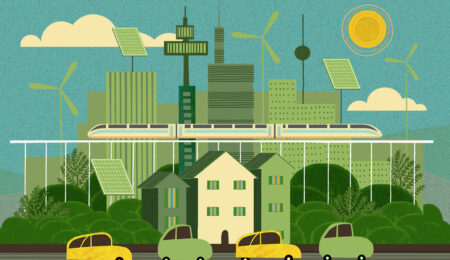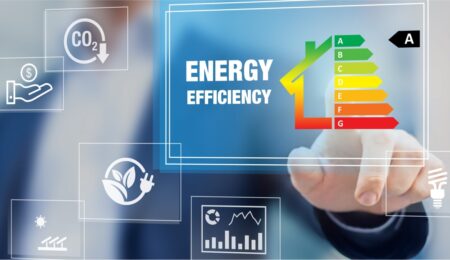As the world focuses on sustainability and environmental consciousness, homeowners are increasingly seeking ways to make their homes more energy-efficient. The benefits extend beyond reducing your carbon footprint; an energy-efficient home can also lead to significant cost savings over time. In this guide, we’ll explore how to embark on an efficiency evolution, upgrading your home to embrace energy savings without compromising comfort or convenience.
1. Conduct a Home Energy Audit
The first step in your efficiency evolution is to conduct a thorough home energy audit. This assessment helps identify areas where energy is being wasted and provides valuable insights into potential improvements. You can hire a professional auditor or use DIY tools to evaluate your home’s energy efficiency.
2. Upgrade to Energy-Efficient Appliances
Investing in energy-efficient appliances is a key component of your efficiency evolution. Look for appliances with the ENERGY STAR label, indicating compliance with strict energy efficiency guidelines. Upgrading to energy-efficient options for your refrigerator, dishwasher, washing machine, and other household appliances can lead to substantial long-term energy savings.
3. Optimize Heating and Cooling Systems
Heating and cooling systems are major contributors to household energy consumption. Regularly service your HVAC system, clean or replace filters, and consider upgrading to a programmable thermostat. Smart temperature control not only enhances comfort but also reduces unnecessary energy usage, resulting in lower utility bills.
4. Embrace Renewable Energy Sources
Consider incorporating renewable energy sources into your home, such as solar panels or wind turbines. While the initial investment may be significant, these installations offer long-term benefits by harnessing clean and sustainable energy. Explore available incentives and rebates to make the adoption of renewable energy solutions more affordable.
5. Improve Insulation and Seal Gaps
Effective insulation is crucial for maintaining a comfortable indoor temperature and minimizing energy waste. Inspect your home for gaps around windows, doors, and in the attic. Seal these gaps with weatherstripping or caulking to prevent heat loss in the winter and cool air escape in the summer.
6. Upgrade Lighting to LEDs
Replace traditional incandescent bulbs with energy-efficient LED lights. LED bulbs consume significantly less energy, last longer, and provide a brighter and more focused light. This simple switch not only reduces electricity consumption but also decreases the frequency of bulb replacements.
7. Install Smart Home Technology
Integrate smart home technology to automate and optimize energy use. Smart thermostats, lighting systems, and energy-monitoring devices allow you to control and track your energy consumption. These technologies enable you to make informed decisions about when and how you use energy, contributing to overall efficiency.
8. Practice Water Conservation
In addition to electricity, water efficiency plays a role in your efficiency evolution. Fix leaks promptly, install low-flow faucets and showerheads, and consider a water-efficient irrigation system for your garden. By reducing water consumption, you indirectly lower the energy required to treat and distribute water.
Conclusion: A Sustainable Home Transformation
Your efficiency evolution is not just about saving energy; it’s a commitment to sustainability and a greener future. By implementing these upgrades, you contribute to the global movement towards environmental consciousness while enjoying the benefits of lower utility bills and increased home comfort. Embrace the efficiency evolution and watch as your home transforms into a beacon of sustainability.





Leave a Reply